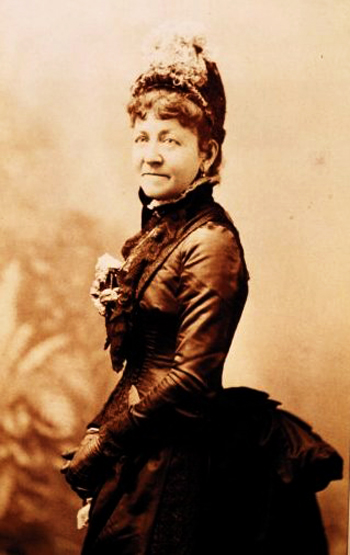I had the honor of researching the late Jane Cunningham Croly for my EOTO. I was amazed by the path she forged for women journalists and the role she played in order for me to be where I am today. She was not only a journalist but also a fundamental part of expanding women's roles in the workforce during the 1800s.

Once Croly reached the age of 25, she decided to set out on her own and find a job in journalism. This task proved difficult when Croly was met with constant rejection from publications. Finally, Noah’s Sunday Times hired Croly where she began the first-ever women’s page in a newspaper. The column, Parlor and Sidewalk Gossip, focused entirely on fashion, cooking and the arts.
While this page was a step forward for women and granted Croly her own entity within the newspaper, it was also still a slap in the face for Croly due to the underlying implications. The men working alongside Croly did not feel that women should be granted access to serious reporting and this is why her focus as a journalist was centered on “women’s topics” such as fashion.

One of the most renowned aspects of Croly’s career was her decision to found the first-ever professional women’s club. After being told women were not allowed to attend a lecture by Charles Dickens, Croly rounded up other women in the workforce to create Sorosis. The first meeting was iconically held in a restaurant that was known for only seating women accompanied by a male counterpart.
The idea for professional women’s clubs spread and in 1889 Croly convened a National Convention, which became the start of The General Federation of Women's Clubs.
Jane Cunningham Croly’s list of accomplishments is extensive and she was considered the best-known woman journalist of her time. As a journalist, editor, author, mother, and wife Croly managed to pack a lot into her 72 years of life. Not only was she the first to start a women’s page in a newspaper, but she was also the first woman to have a syndicated column.
Under the pseudonym of Jennie June, Croly published a multitude of work that was monumental in her time. While she may have been stuck within the confines of women stereotypes, Croly paved the way for all women journalists today to exist and thrive in a career that was once male-dominated. The journalistic impact of Croly lives on.
For more information on Jane Cunningham Croly, visit the sites below.
Comments
Post a Comment